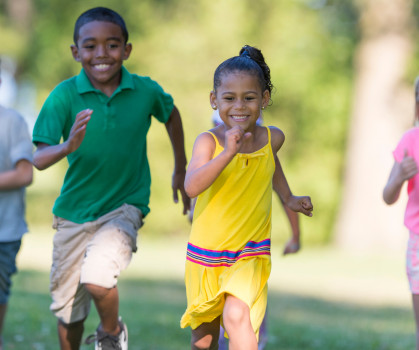Add Movement to the School Day to Boost Student Physical Activity and Learning
SHAPE America
OCTOBER 10, 2023
If you ask most elementary students what their favorite subjects are, the most common answers are usually physical education and recess. Elementary students get the majority of their movement during the school day in physical education (PE) and recess. We need classrooms to be more active and engaging like the gym!

















Let's personalize your content